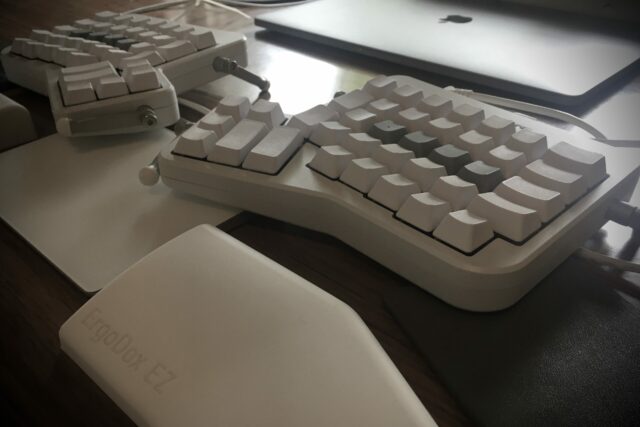The GCS plugin for WordPress lets you use Google Cloud Storage for WordPress’s media and other uploads. This is required on stateless environments like App Engine, where there’s no persistent writable filesystem to store uploads.
However, image thumbnailing and rescaling is broken by default when using the plugin, so while you can upload an image, the thumbnails that usually get automatically generated will never appear in the GCS bucket. So if you add high-resolution images to a post, load times will be massively increased, which is a particularly bad experience for low-resolution mobile devices.
I raised a WordPress ticket and attached a patch that fixes the issue. The patch needs to be applied to the core WordPress installation (rather than being a plugin), so may not be an option for WordPress admins that are using multisite hosting. I think a plugin-based fix would be possible (one that replaced the default image editor with a fixed one), but would involve duplicating a bunch of code from core WordPress.
